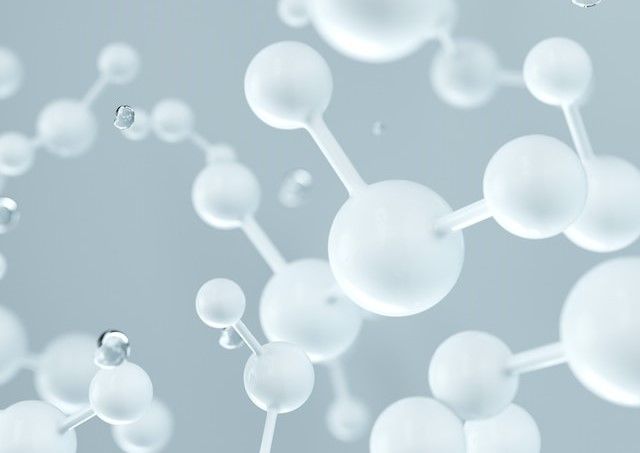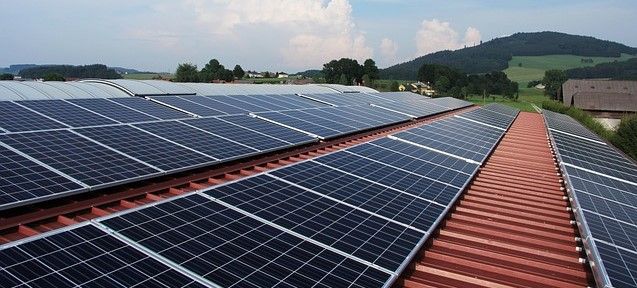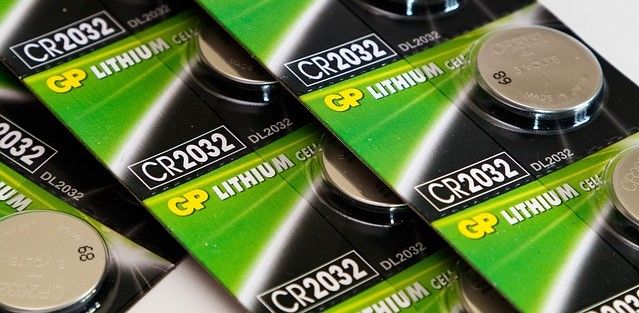Nanotechnology: A Greener Power and Raw Material
If humankind’s biggest challenge is green energy production and environmentally friendly raw materials, then is nanotechnology the answer?

The next generation of energy production and raw materials is being made possible with nanotechnology.
Nanomaterials in Energy Production and Storage
“When we talk about the application of nanomaterials in the energy sector, two areas are energy capture from renewable sources and storage of that energy until needed,” says Emeritus Professor Jillian Buriak from the University of Alberta, who is also executive editor at ACS Nano. “Good examples include the generation of what is called ‘green hydrogen’, and of course batteries.”
One of the expected routes to a future with net-zero emissions is hydrogen, which burns cleanly and produces just water when it is burned. The ‘green’ designation indicates that this fuel is produced using electrolysis, which involves splitting water into its atomic components, hydrogen, and oxygen gas, using electricity produced from sustainable energy sources.

Platinum is frequently used as a catalyst to make this splitting reaction. This is because it lowers the reaction's kinetic energy barrier, thus boosting efficiency. Although these catalysts can be made using conventional methods, they are not efficient enough to be profitable due to the high cost of platinum.
However, researchers have been employing nanomaterials in a variety of inventive ways to get around this obstacle, such as by developing catalysts with more expensive, highly tailored platinum nanoparticles or by doing away with the pricey electrolyser setup entirely.
This technology is now making headway in industrial applications. For example, the first-ever green hydrogen generator based on nanomaterials was constructed by SunHydrogen, Inc. in February 2023. It is a solar hydrogen panel that directly converts the electrical charges produced by sunlight into hydrogen.

“Inspired by the process of photosynthesis, the SunHydrogen team created nanoparticles called photoelectrosynthetically active heterostructures, where each nanoparticle is comprised of multiple layers enabling the solar electrolysis reaction, and then bundled them into panels. Think solar panels, but instead of electricity, they produce hydrogen fuel,” explains Olena Shynkaruk PhD. “Like solar panels, they are integrated with renewable grid electricity enabling their operation 24/7 when the sun is not shining locally.”
Beyond power generation, nanomaterials are also at the centre of research into how that power is stored and used.
In the world of electronics, rechargeable batteries are essential components for both grid-scale buffering as well as storage in tiny portable devices. The performance, stability, and the safety of traditional lithium-based batteries can all be improved by the use of nanomaterials.
The large-scale decarbonization of our energy grid and the heavy-duty transportation of electricity may be made possible by next-generation batteries, which promise to go ‘beyond lithium-ion’ with longer lifespans and lower costs. All of which are essential components for achieving the UN's net-zero emissions goal by 2050.

Nanotechnology in Raw Materials
Alongside using nanotechnology to improve the generation and storage of energy in a more environmentally friendly way, nanomaterials are also advancing greener manufacturing.
Over the last decade, nanomaterials have found their way into the industrial sector, bringing significant advantages in the production of plastics, fibres, coatings, and adhesives. While many of these industrial products still require fossil fuel-based feedstocks, the application of nanomaterials can increase their durability, prevent cracking, prevent colour fading, and generally extend lifespan, lowering the environmental impact of their use.
One of the most significant applications of nanotechnology in industrial polymers is in the development of polymer composites. Adding nanomaterials to these raw materials can provide superior mechanical, thermal, and electrical properties.
Another application of nanotechnology in industrial polymers is in the production of packaging. Polymer nanocomposites have been shown to have excellent barrier properties, making them suitable for use in protective coatings. The nanoparticles fill the gaps between the polymer chains, creating a more resistant barrier against gas and liquid molecules.

The use of nanotechnology in packaging helps keep food fresh for longer. This lowers food waste when food production and logistics is a major producer of carbon emissions.
Nanomaterial coatings are also useful in the automotive and aerospace industries, where their protective properties prevent rust and corrosion, while their low weight reduces fuel consumption.
Furthermore, nanotechnology has enabled the development of self-healing polymers. These materials have the ability to repair themselves when damaged by using the energy in the environment. When the nanoparticles in the polymer matrix are activated, it initiates a self-healing process that restores the material's original properties.
These self-healing polymers have applications in the medical, construction, and automotive industries. Most significantly, they aid environmental care as they avoid replacing new car parts, bridges, roads, buildings, and railways, as the structures self-repair.

The process of creating and using nanomaterials is amazing, changing lives with high-tech energy storage systems, greener energy generation, and improved materials. It is a sector that promises to keep advancing the limits of science, technology, and human existence.
As Carnegie Mellon University's Prof. Yongxin Zhao notes, “In the end we are only limited by our imagination.”
If humankind can imagine a more sustainable way to live, then nanotechnology may be the answer.
Photo credit: Indira Tjokora on Unsplash, Photos for you on Pixabay, Alexei, Schropfeveral, NASA, & D Koi

